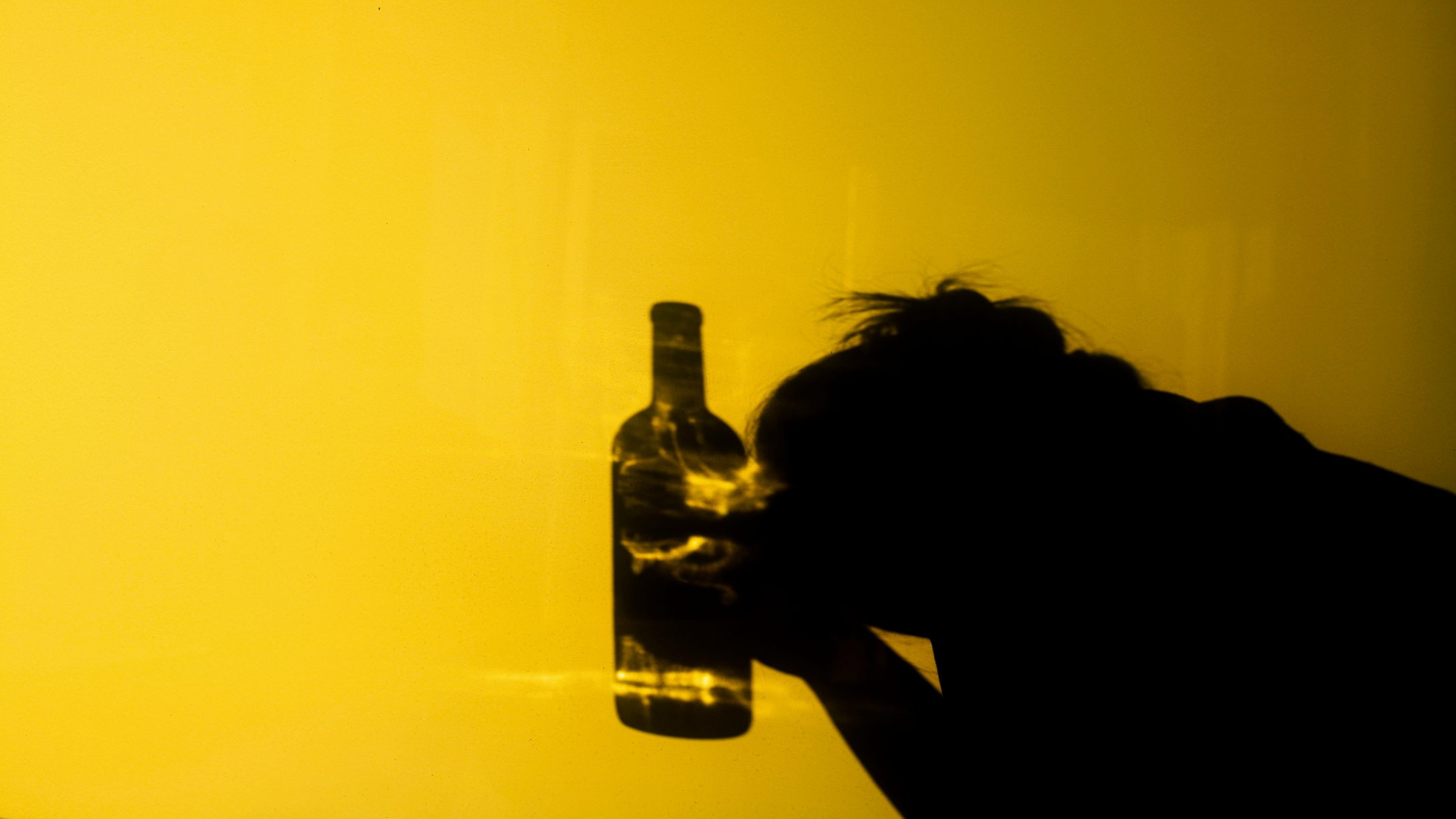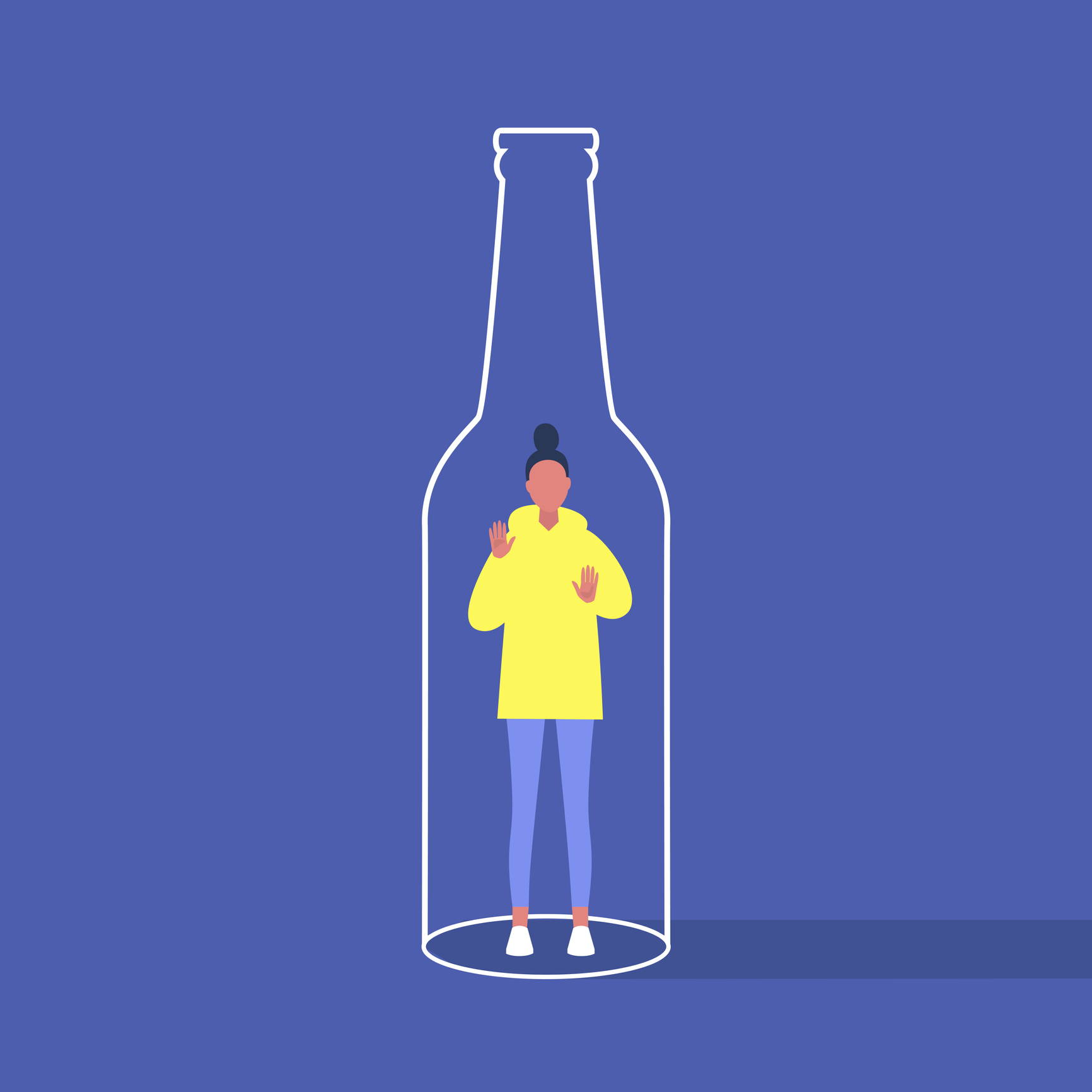
After a year of sobriety, I had bloodwork done as part of a yearly physical. I had been eating a balanced diet, was exercising regularly, and was alcohol free; I was healthy. I hoped. I was worried about the damage I had done to my body during my years of alcohol abuse. I’m a nonbinary person but medically fall into the “female” category when it comes to how much alcohol it would take to create liver disease. I was relieved to see that my liver was functioning within ranges considered normal and healthy. I thankfully hadn’t created lasting damage. Others have not been so lucky. Medical professionals are seeing an increase in liver disease in younger women and mothers.
Why Women Drink

Alcohol use and abuse among medically assigned women has been on the rise for years, and the pandemic has pushed those numbers higher, especially among mothers. There are a number of factors for women and mothers turning to alcohol as coping mechanisms; much of it comes from the stress and exhaustion of living in a patriarchal society that claims women can have it all and are expected to do it all — without help — when it comes to having a career and family. Women tend to drink to self-medicate and ease emotions and usually drink less than men, but their use also escalates more quickly and turns into addiction.
Because society has made it seem that alcohol consumption and parenting are accepted and expected to be mutually inclusive, it’s easy for parents to “reward” themselves with alcohol in order to get through the day. The loneliness and boredom of being a stay-at-home parent makes the drink enticing, too. It enticed me, and I convinced myself drinking while parenting made parenting better. It just made me dissociate from parenting, and that’s not better.
The pandemic has multiplied these stressors and added the struggle of working from home while helping kids navigate remote learning. The brunt of the pandemic has fallen disproportionately on women and mothers. Folks are no longer having just a glass of wine at night to unwind; more people are reporting they are drinking earlier in the day and more often and with higher amounts. Treatment specialists are reporting an uptick in women seeking treatment, and doctors are reporting much higher rates of alcoholic liver disease in women.
Jessica Mellinger, MD, a liver specialist at the University of Michigan’s health center told NPR that alcohol-related liver disease is up 30% over the last year. And while liver diseases like hepatitis and cirrhosis affect men more than women, the increase in alcoholic liver disease deaths is being driven by women, specifically younger women. Dr. Mellinger says, "We're seeing kids in their late 20s and early 30s with a disease that we previously thought was kind of exclusive to middle age.”
How Much Is Too Much?
While cirrhosis can take years to develop, hepatitis can develop over weeks and months in heavy drinkers. To know if you would be considered a heavy drinker and at risk for liver disease, it’s important to know the alcohol content in your drink and how much you are drinking. According to the US Department of Health and Human Services, a female heavy drinker is someone who drinks more than three drinks on any given day or more than seven drinks per week. This graphic illustrates what equates to a drink.
Women are biologically more susceptible to liver damage for a number of reasons, including the fact that women typically weigh less than men and have less body water, which is where alcohol resides. This makes a woman’s blood alcohol content higher than a man’s with the same amount of alcohol. Because women are less able to process alcohol, more of it reaches the liver. Dr. Mellinger says, "How a body reacts to alcohol is about body composition, fat to water weight ratios, where and how many of the enzymes that metabolize alcohol we have in our stomach and in our GI tracts and in our liver, and that's different for women and men."
Examine Your Relationship With Alcohol
Evaluating any relationship can be tricky at times, and that includes our relationship with alcohol. I knew I had a toxic and dangerous relationship with booze before I was ready to make changes. I was in denial. I was embarrassed. I was scared to stop drinking, but I was also scared about what drinking was doing to my body and the other relationships in my life. I didn’t want my kids to grow up with an active alcoholic parent. I’m not saying to not have a drink. I wish I could have a drink once in a while to unwind! But that’s not how drinking works for me, and I needed to get honest with myself and others about this.
I’m asking that you look at your own drinking through a lens of honesty. Would you be worried about a loved one who is drinking as much as you are? Have you thought about yourself in the same way? Are you worried about your drinking habits? Only you can find those answers, but if you are concerned, know that you are not alone and that there is help.
Let Go of Shame
There is still too much stigma around addiction and alcohol abuse, but getting help can and should be done without shame. You don’t owe anyone an explanation for why you choose to cut back or stop drinking completely. If you are concerned about your relationship with alcohol, talk to a friend, loved one, doctor, or mental health professional. You can also reach out to the Substance Abuse and Mental Health Services Administration for confidential help. They offer a hotline (1-800-662-HELP) and map to help you find services in your area.
I don’t have the answers that are best for you, but I will tell you that as hard as recovery has been at times, sobriety and a lack of alcohol have allowed me to live my best life. Change is hard, but it’s possible and beautiful.







